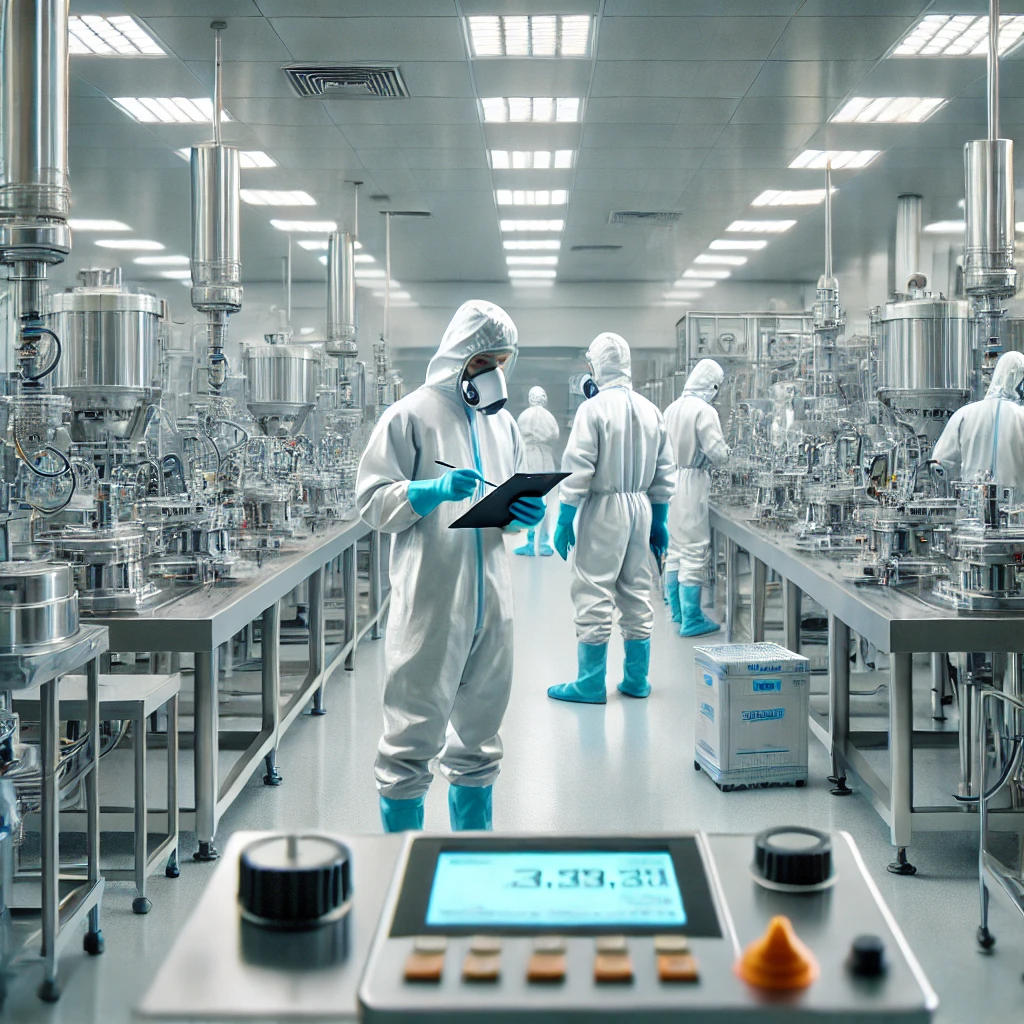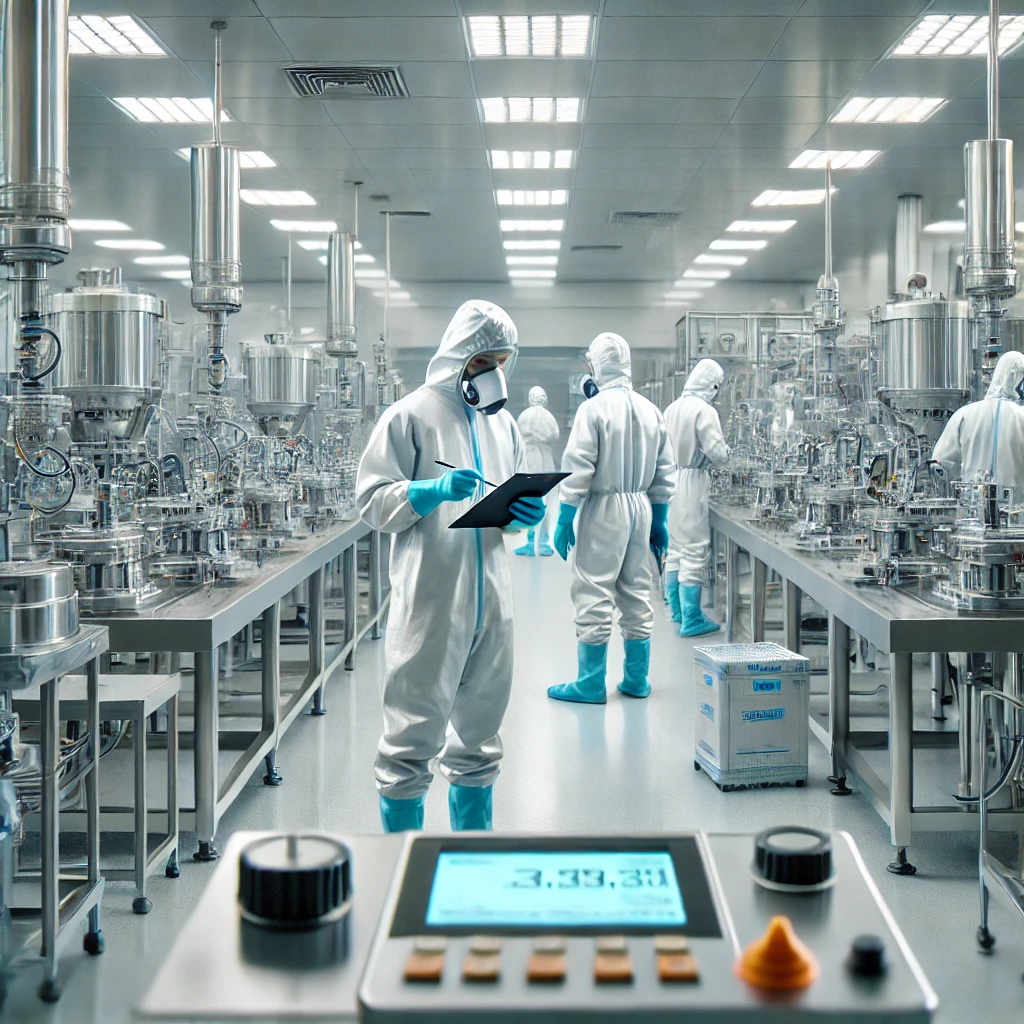
Introduction
Pest control in pharmaceutical production is crucial for maintaining sterility and ensuring the safety of medical products. The presence of pests in production facilities can compromise product quality, lead to contamination, and pose significant risks to public health. Effective pest management strategies are essential to safeguard pharmaceutical manufacturing environments and uphold stringent quality standards.
Importance of Pest Control in Pharmaceutical Facilities
Pharmaceutical production facilities must adhere to strict hygiene and sterility requirements. Pests such as insects and rodents can introduce contaminants into the production environment, leading to compromised products and potential health hazards. Ensuring a pest-free environment is vital for meeting regulatory standards and maintaining the integrity of pharmaceutical products. Regular inspections and pest control measures are implemented to prevent infestations and protect the production process.
Challenges in Pest Control
Controlling pests in pharmaceutical production facilities presents unique challenges. The need for a sterile environment requires the use of specialized pest control methods that do not interfere with the production process. Chemical treatments must be carefully selected to avoid contamination of products and equipment. Additionally, the complex layout of pharmaceutical facilities, including clean rooms and sensitive areas, necessitates tailored pest control strategies to address specific risks.
Pest Control Strategies and Technologies
Several pest control strategies and technologies are employed in pharmaceutical production to ensure effective management. Integrated pest management (IPM) approaches combine preventive measures, monitoring, and targeted interventions. Physical barriers, such as screens and seals, are used to prevent pest entry, while sanitation practices minimize attractants. Advanced monitoring technologies, including traps and sensors, provide real-time data on pest activity, allowing for timely interventions. Regular training and adherence to good manufacturing practices (GMP) further enhance pest control efforts.
Regulatory Compliance and Best Practices
Pharmaceutical production facilities must comply with regulatory requirements related to pest control. Guidelines from agencies such as the FDA and EMA outline standards for maintaining a pest-free environment and ensuring product safety. Best practices include conducting routine inspections, implementing effective pest control measures, and maintaining thorough documentation. Compliance with these regulations helps prevent contamination and ensures the safety and efficacy of pharmaceutical products.
Future Directions
The future of pest control in pharmaceutical production will likely involve advancements in technology and more sophisticated approaches. Innovations such as automated monitoring systems, data analytics, and eco-friendly pest control methods are expected to enhance pest management efforts. Continued research and development will contribute to more effective and sustainable pest control solutions, ensuring the continued safety and quality of pharmaceutical products.
Conclusion
Pest control in pharmaceutical production is essential for maintaining sterility and ensuring the safety of medical products. Addressing the unique challenges of pest management in this industry requires a combination of strategies, technologies, and regulatory compliance. By implementing effective pest control measures and staying abreast of advancements in technology, pharmaceutical manufacturers can protect product quality and public health.

